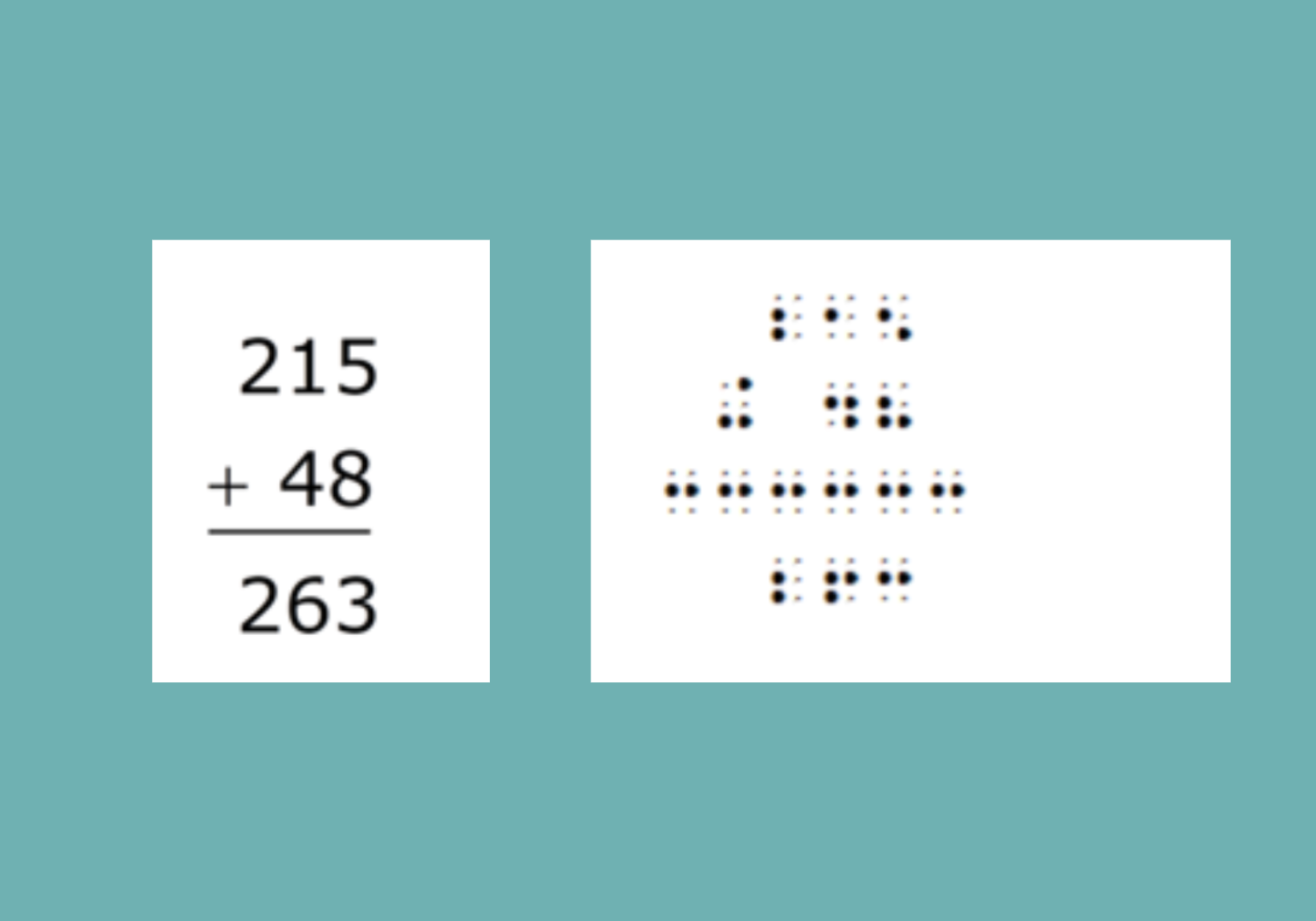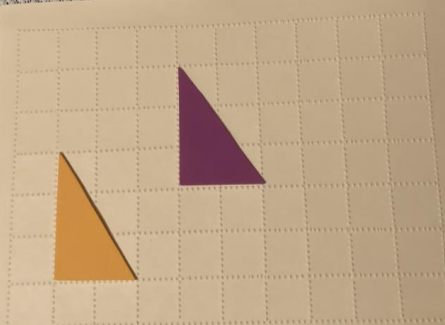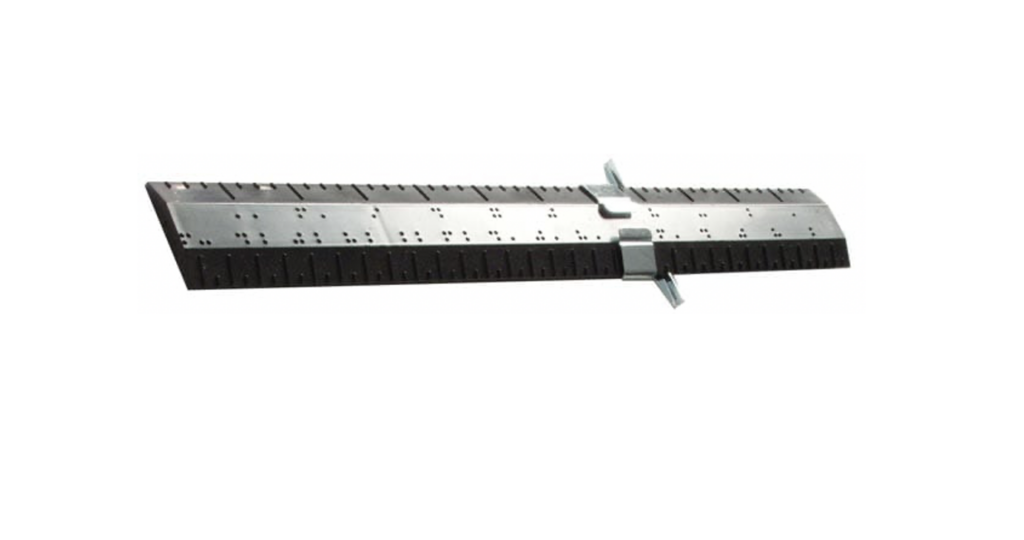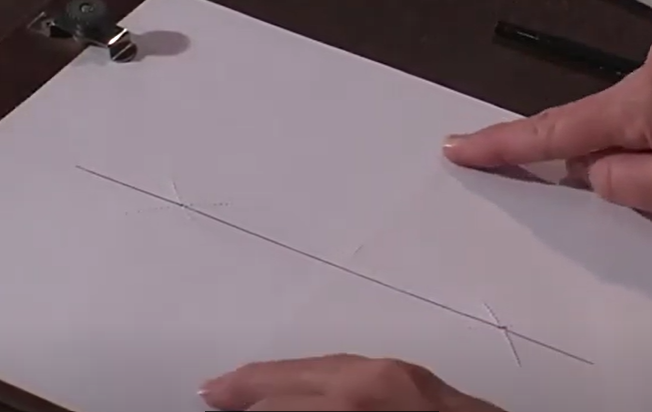A vision assistant asks:
How important is it for our elementary kids to do a subtraction problem in the brailler (example: 3 digit subtraction with cancellation signs) if they are using the abacus? When you do a subtraction problem, on the brailler, do you have them solve the problem from right to left?
Susan replies:
I’m going to answer your question from a secondary math teacher’s viewpoint. I believe that elementary students need to be exposed to working addition, subtraction, multiplication, and division problems on the braillewriter in a spatial arrangement – not necessarily using cancellation signs – until they understand the concept. They should solve the problem very similar to the way a print student would – in the case of subtraction from right to left. Although the textbook or worksheet may give examples using correct Nemeth Code including cancellation signs, you want the students’ calculation procedures to be easy and quick. Your students can always use the abacus to check their work on the braillewriter. All the while, they should be learning mental math techniques as well. Once the concept is learned, speed, accuracy and flexibility are more important, and we should see the student quickly progressing to the abacus and mental math, basic calculators, and eventually scientific calculators as they begin higher mathematics. If a blind student has never had to work a math problem in a spatial arrangement (on a braillewriter, with TACK-TILES®, the Math Window®, or other manipulative) and has only used an abacus, they will most likely have difficulty in algebra with the concept of adding, subtracting, multiplying, and dividing polynomials when presented in a spatial arrangement. This is especially true with division. You just can’t manipulate variables on an abacus.
For more detailed information on suggested calculation procedures with the braillewriter see pages 41-54 from: Gaylen Kapperman, et al., Strategies for Developing Mathematics Skills in Students Who Use Braille, Research and Development Institute, Inc., August, 1997.
This article was originally published by Texas School for the Blind and Visually Impaired (TSBVI) and is reprinted here with permission. Updated in 2024.




